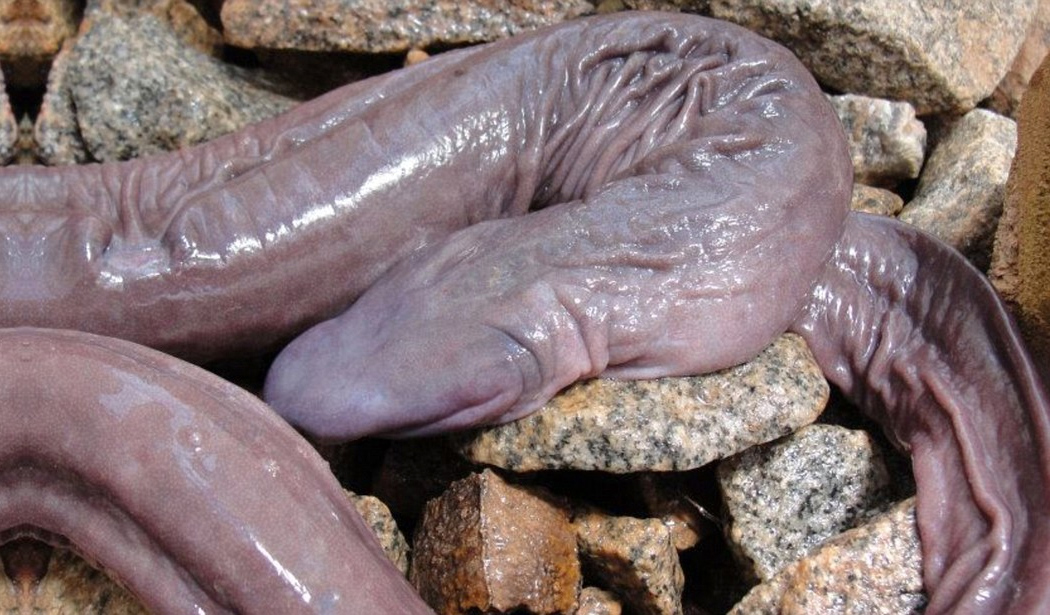- In 2023, we published about 5,000 stories and more than 1,600 videos across English, Spanish, Indonesian, Portuguese, Hindi, and French.
- The posts across our websites attracted an average of 7.01 million unique visitors per month.
- This post reviews the ten most read posts published on Mongabay’s Global English News website.
- Eight of the ten most read stories were about biodiversity: Fish, cats, and herps each featured in two of the top ten. Nepal and the Amazon made the list twice.
In 2023, Mongabay published about 5,000 stories and more than 1,600 videos across English, Spanish, Indonesian, Portuguese, Hindi, and French.
The posts on our websites attracted an average of 7.01 million unique visitors per month. That tally doesn’t include readership within social media platforms or of our content on third party sites that syndicate our stories.
This post covers the most popular stories published on our Global English News website, news.mongabay.com. The most read stories on the English version of Mongabay-India will be shared separately on india.mongabay.com.

1. A freshwater giant is a boon to Bolivian fishers, but an unknown for native species
The most popular story on news.mongabay.com in 2023 was a piece by Iván Paredes Tamayo about Arapaima farming in Bolivia.
The story, which received nearly half a million pageviews, was originally published in Spanish on Mongabay-Latam. The version on Mongabay News was translated by Megan Morrissey.
Introduced accidentally to Bolivia from Peru in 1976, paiche (Arapaima gigas) has transitioned from being a shunned exotic species to a valued economic asset for local fishers. It now constitutes up to 70% of some rural fishers’ catch. But where it is present, native fish species have disappeared, raising questions about its sustainability.
2. Top 15 species discoveries from 2022 (Photos)
As is often the case, our annual recap of newly described species was among the most popular stories.
Liz Kimbrough’s article reviewed 15 species that were first described by scientists in 2022.
3. Himalayan catfight looms as tigers, leopards venture into snow leopard land
The third most popular post on news.mongabay.com in 2023 was Abhaya Raj Joshi’s article about the prospect of conflict between Nepal’s three big cat species — tigers, leopards and snow leopards — due to rising temperatures.
Conventional wisdom says tigers prevail in the country’s southern plains, leopards in the mid-country hill region, and snow leopards in the Himalayas. But both tigers and leopards have been observed at elevations above 3,000 meters (9,800 feet), well within snow leopard territory, although conservationists say tigers are less likely to persist at these altitudes over the long term.
A complicating factor is the encroachment of human settlements into higher altitudes, seeking more suitable conditions and placing four apex species — including humans — in direct competition.
4. South Africa: Little hope in green transition in town with “the dirtiest air in the world”.
Anna Majavu’s coverage of a report on the complex dynamics of a green energy transition in South Africa ranked as the fourth most read story.
The majority of South Africa’s coal production is in the northern province of Mpumalanga, along with 12 of the country’s 15 coal-fired power stations.
Research in the coal town of Carolina reveals that women suffer ill health due to the nearby mines and face sexual harassment and marginalization from formal industry jobs.
Women surveyed for a report nonetheless said they fear for their future if the province’s coal industry is closed down as part of a transition to less-polluting power generation.

5. ‘Grumpiest cat’ leaves its calling card on the world’s highest mountain
Abhaya Raj Joshi, Mongabay’s staff writer in Nepal, landed a second story on the top five most read list with his piece about a study that documented the presence of the manul, or Pallas’s cat, on the slopes of Mount Everest.
6. Enviva, the world’s largest biomass energy company, is near collapse
A November update from Justin Catanoso in his ongoing series about the forest biomass energy industry took sixth place on our most popular list for 2023. Catanoso piece documented the financial troubles of Enviva, the world’s largest producer of wood pellets, which is struggling after it was revealed that it misrepresented its green credentials.
7. The top 10 most biodiverse countries
Mongabay Founder and CEO Rhett Butler’s 2016 analysis on the biological richness of countries again made the most popular list. The ranking is periodically updated to incorporate new species counts as more discoveries are made.
8. Mexico dismantles illegal fishing cartels killing off rare vaquita porpoise
SEAL Environmental Journalism Award winner Maxwell Radwin’s piece about the the Mexican government announcing the arrest of totoaba poachers in Mexico ranked the eighth most read story. Illegal totoaba fishing practices have contributed to the drastic population decline of vaquita, a small porpoise on the brink of extinction.
9. Scientists make ‘rare’ new identification of snake family: Micrelapidae
Mactilda Mbenywe, a Y. Eva Tan fellow, was responsible for the ninth most popular story in 2023. Mbenywe reported on the decision to establish a new family of snakes, Micrelapidae, which live in East Africa and the Middle East.

10. ‘Penis snake’ discovered in Brazil is actually a rare species of amphibian
Rounding out the top ten was a perennial favorite: Rhett Ayers Butler’s 2012 piece about the Atretochoana eiselti, an unusually large species of caecilian that lives in the Amazon. The animal was sighted while engineers drained a portion of the Madeira River — a major tributary of the Amazon — for the Santo Antonio Dam near Porto Velho in Rondonia, Brazil.

